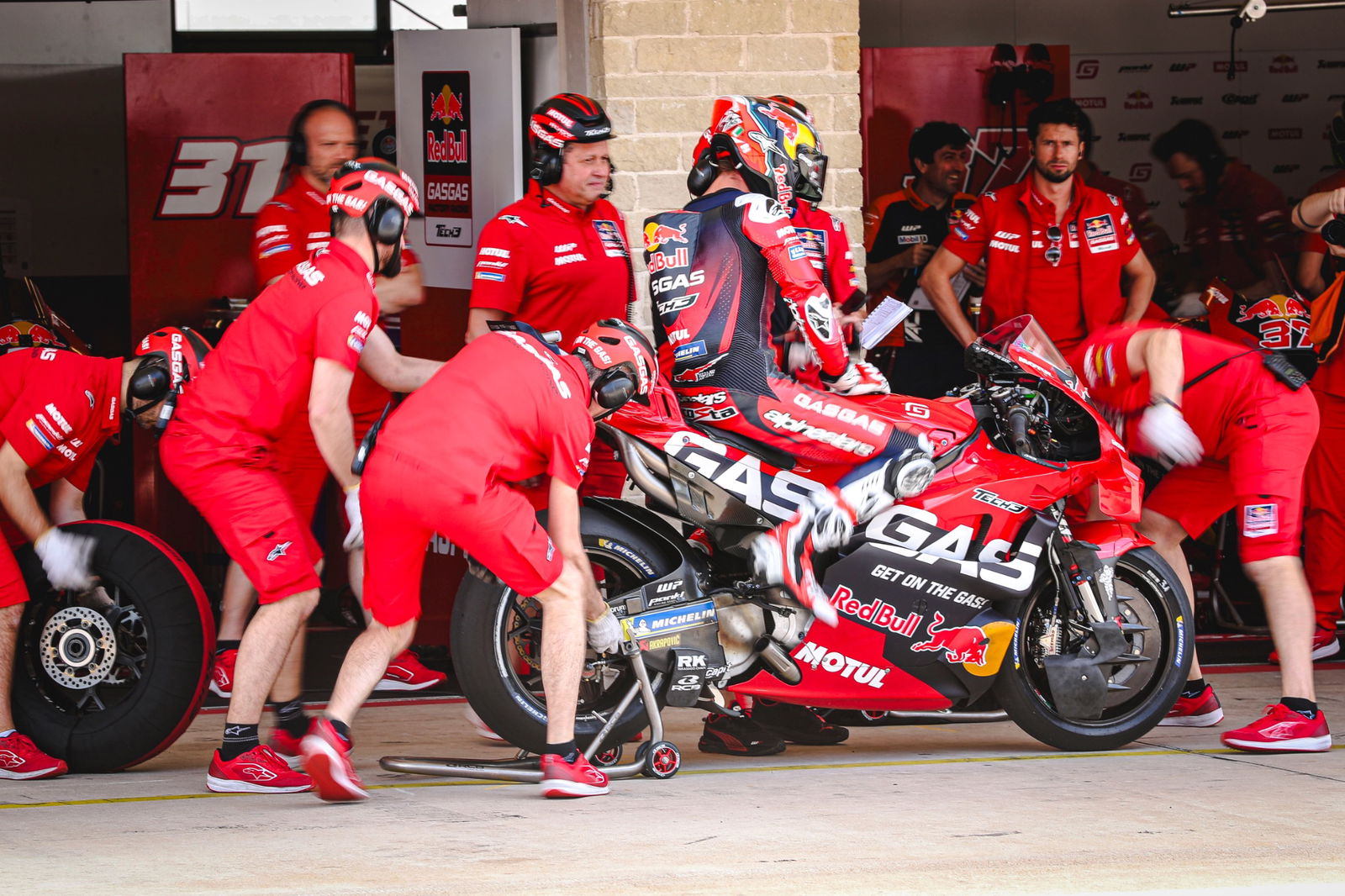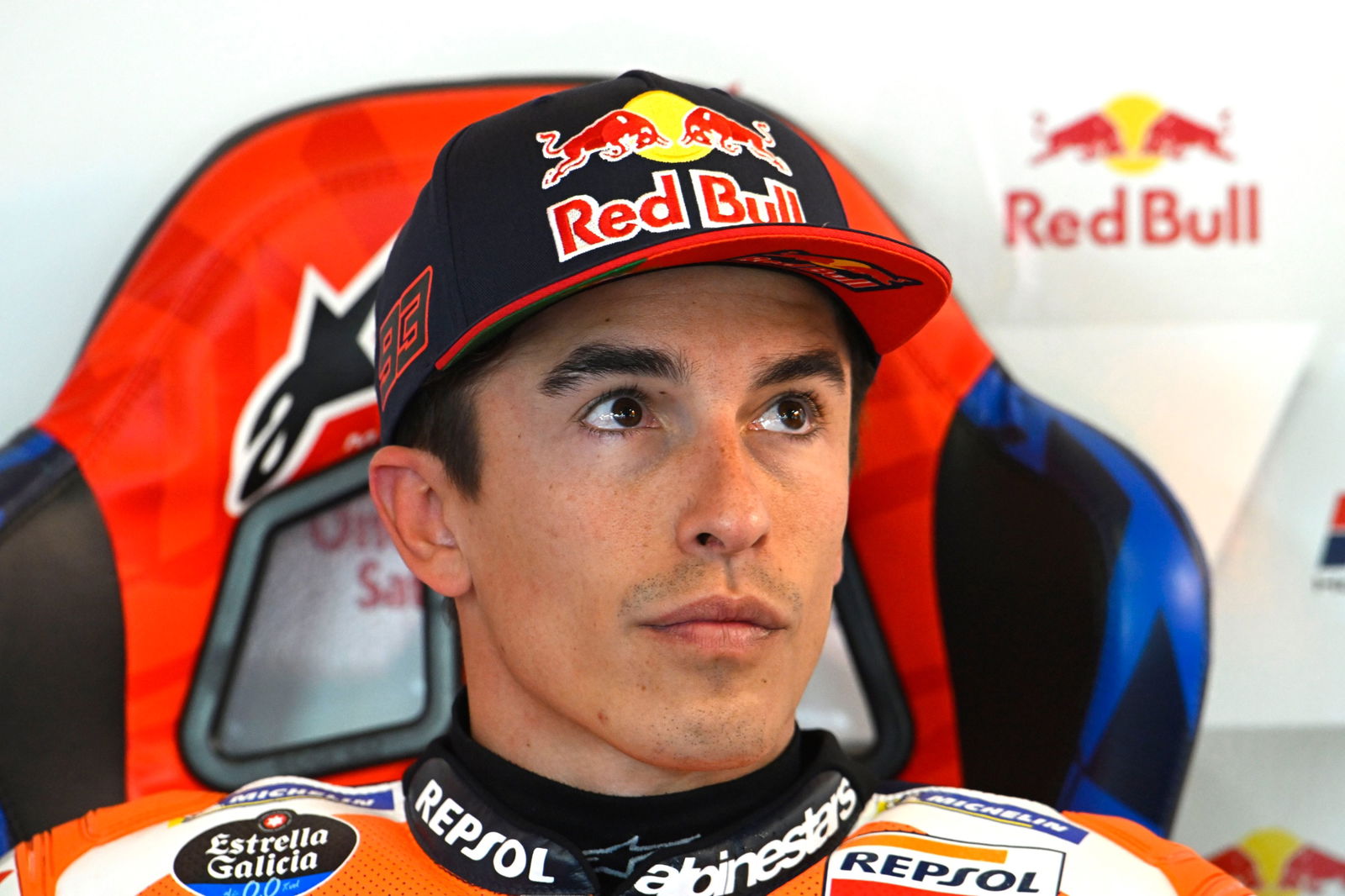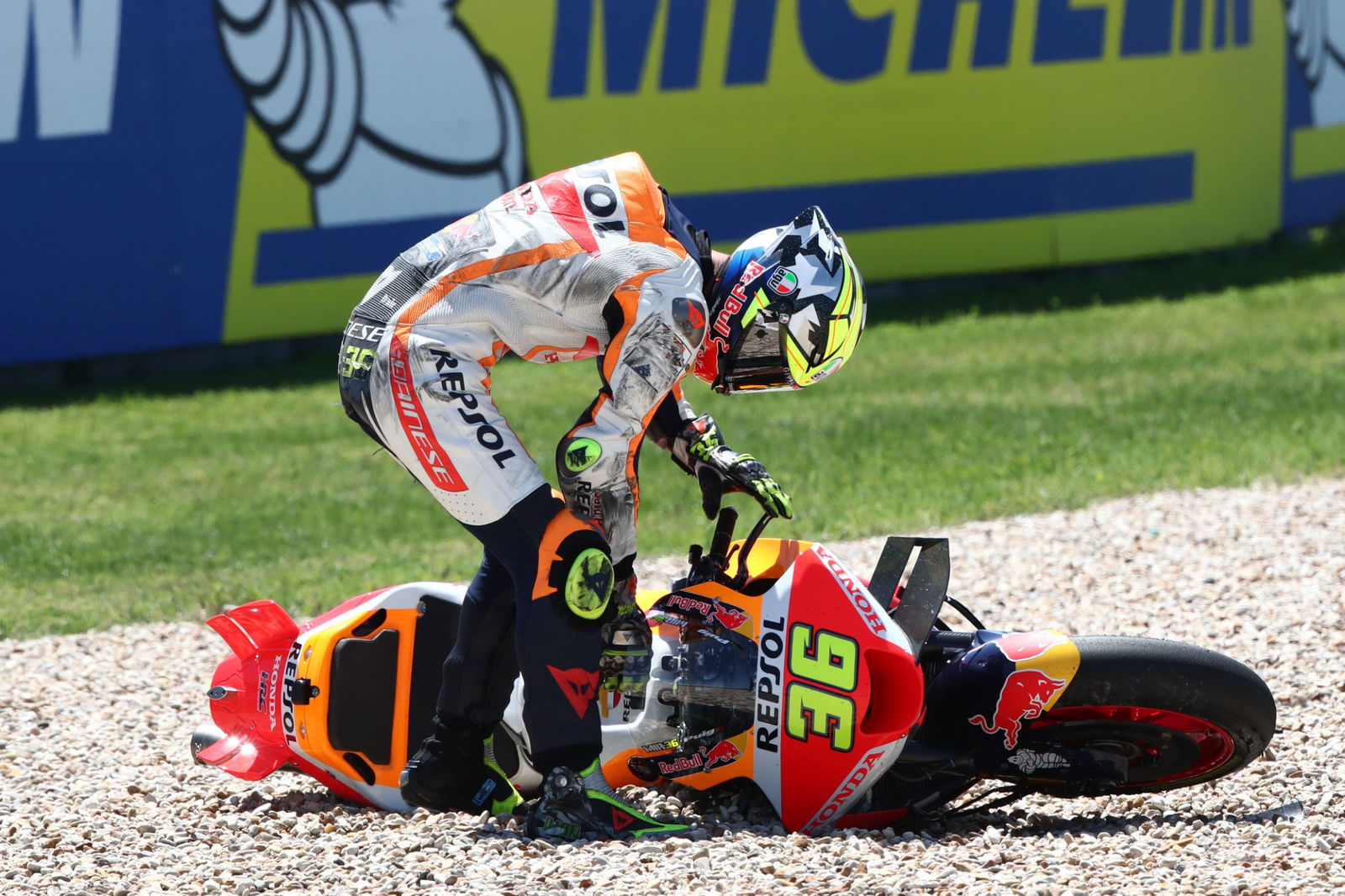“Free market” as debate continues over Ducati satellite team saga

Desmosedicis currently fill 36% of the MotoGP grid but, while Gresini's machinery is assured until the end of 2025, Ducati’s existing deals with Pramac and VR46 expire this season.
Yamaha, reduced to just a factory entry since the end of 2022, is trying to recruit a satellite team into its ranks for next year to double their presence on the grid.
While Ducati has fielded eight bikes since 2016 - and other manufacturers have done so in the past - the competitiveness of the Desmosedici after two titles in a row continues to prompt debate over whether a limit on bikes-per-manufacturer should be imposed.
While supporting eight riders is a considerable burden, there are also big advantages in areas such as data gathering and testing.
“Dorna cannot stop an Independent team from choosing whichever bikes they want, if a manufacturer is willing to supply them. It’s a free market,” Herve Poncharal, who owns the GASGAS Tech3 team, told Crash.net during an interview last year.
“The team would say, ‘We want this package. Our riders want this package. Our sponsor wants this package. And now you're going to interfere and damage my business by stopping me?’
“It's like if a MotoGP fan was told they were not allowed to buy the road bike they wanted because it was popular and had to buy a different one just to balance the numbers, they wouldn’t be happy!
“The Independent teams are private companies and it's up to them to select the best bikes they can in terms of cost, support from the factory, performance, reliability etc.
“It was not [Ducati’s] original strategy I think [to have eight bikes], but they said ‘yes’ when they were approached by the teams, they’ve managed the situation and nobody has a bad bike. It’s a huge investment in terms of logistics, manpower and money."
MotoGP's 'ideal grid' did not materialise
While Dorna’s unfulfilled goal was to have each of the six previous manufacturers supporting one satellite team, some factories dragged their feet despite the ‘carrot’ of extra financial support from the commercial rights holder.
“Dorna is giving a financial ‘carrot’ to the factories [to supply satellite bikes]," explained Poncharal, who is also president of the teams’ association IRTA.
"So if a manufacturer only has a factory team, two bikes, they get X amount of financial support. But if that same manufacturer also has a satellite operation, they get X + Y.
“For sure, Dorna would prefer and it was always the ideal scenario when we had six manufacturers, for each of them to have one factory and one satellite team.
"6 manufacturers, 4 bikes each, 24 riders. Ideal grid. But it didn't work.
“Dorna was pushing. We’ve all been pushing. We did everything we could to convince every manufacturer [to support a satellite team].
"But some manufacturers play the game better than others. Also, you have to respect the manufacturers if they don't want to have a satellite operation."
The Independent teams also pay a lease fee of several million euros per rider to their manufacturer for satellite machinery, which is effectively covered by Dorna.
“[A factory with a satellite team] gets more financial support from the promoter, plus the lease fee [for the bikes] which the satellite team is going to pay you.”
Poncharal underlined the Dorna funding comes with no strings attached and satellite teams are free to lease from whichever manufacturer they choose.
‘The absent are always wrong’

While previously seen as a burden on the factories, a satellite team has become an essential element of a competitive MotoGP project.
“Now, finally, more and more manufacturers understand that having a satellite operation is not a weight or a handicap, as was said sometimes in the past," continued Poncharal, during the 2023 interview.
"It’s an advantage because you can prepare young riders for the future, and you have more feedback and data, at a time when testing has been cut back.
“I think Aprilia are happy to have four bikes now and I believe Yamaha is really looking for a new satellite operation. In the near future, I don't think there will be any factory without a satellite team.
"But at the moment, Ducati helped the championship more than hindered the championship.”
If another manufacturer wants to tempt a team away from Ducati, they will simply need to provide a better all-around offer.
In other words, if the bike itself is not as competitive as a Desmosedici, other incentives such as increased factory support, lower leasing costs and a longer-term partnership might all come into play.
“In French, we say, ‘the absent are always wrong’," Poncharal said.
"If you don’t have a satellite team there are two reasons: Either you don’t want one, or you are not offering a package that is competitive enough - not just on track, but the whole package.
“This is what you have to consider when you talk to a manufacturer. When I left Yamaha to go to KTM and Pierer Mobility, for sure I was leaving a bike that at that moment had a higher level of performance.
“But the overall offer, for me as the owner of my company, was much better. And within two years we’d won two races with KTM.
“So you also have to consider, how close are you to the factory? The level of support and involvement of your manufacturer is important.
“I'm very happy to be with Pierer Mobility. I signed a five-year deal with Dorna and at the same time a five-year deal with my manufacturer. It means I can plan, and invest. If you only have a one-year deal you never know what’s happening the next year.
“Now the Independent teams are in a much more comfortable position than in the past. Almost every Independent team rider is signed directly to their factory and most also have [factory] spec bikes.
“As Gresini showed, and we’ve shown in the past, a satellite guy can win races. And ultimately, in the future, why not win the championship?
“But going back to your original question, don’t forget there have been times when Honda had eight MotoGP bikes and Yamaha, in our first 500cc season in 2001, also had eight bikes and nobody was complaining!”
Ducati's eight entries are divided between the Factory, Pramac, VR46 and Gresini teams. KTM, Honda and Aprilia each have one factory and one satellite team, with Yamaha's two bikes run by the official Monster team.
Three satellite teams have contracts that expire at the end of the 2024 season: LCR (Honda), Pramac (Ducati) and VR46 (Ducati).
VR46 has long been seen as Yamaha’s likely future partner, but Valentino Rossi’s team insist they are ‘happy’ with Ducati, albeit seeking upgraded factory-spec machinery.
Amid rumours of a closer VR46-Ducati cooperation, Pramac - title runner-up with Jorge Martin last season and currently leading this year’s standings - is also believed to have entered talks with Yamaha.
Both Pramac and VR46 are thought to have an option that allows them to remain with Ducati next season if they wish.


